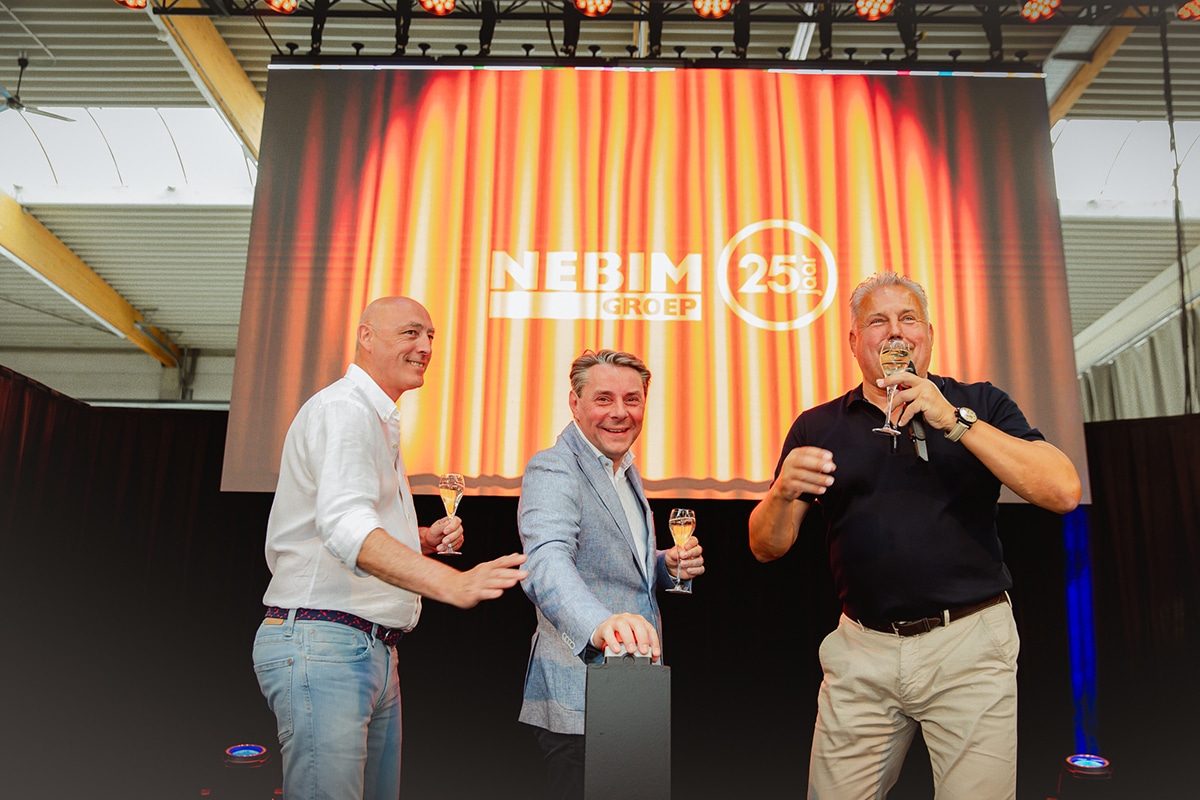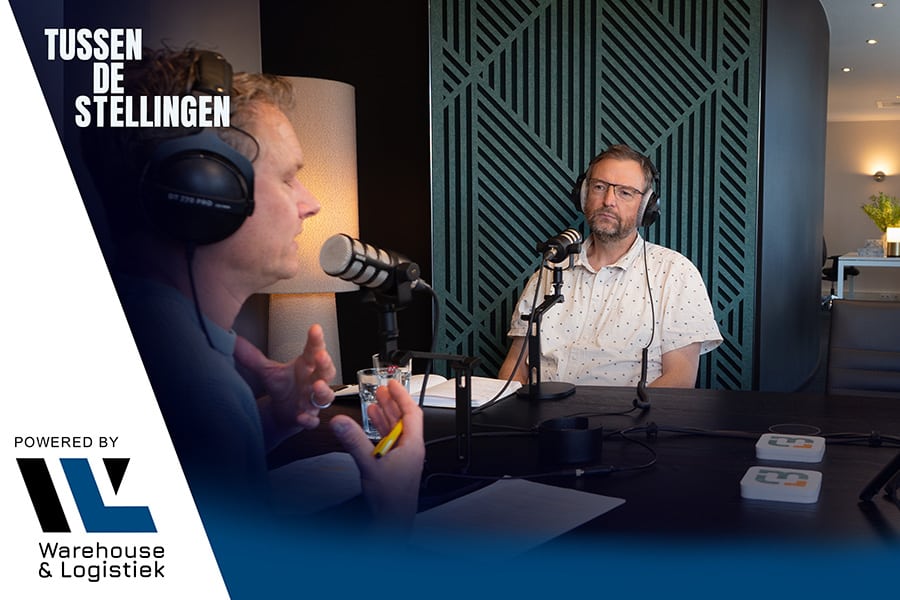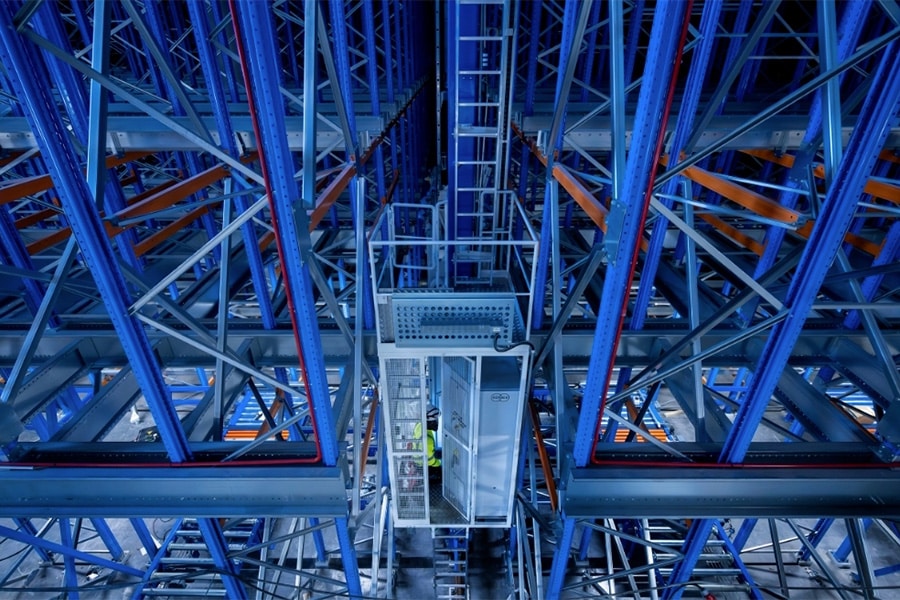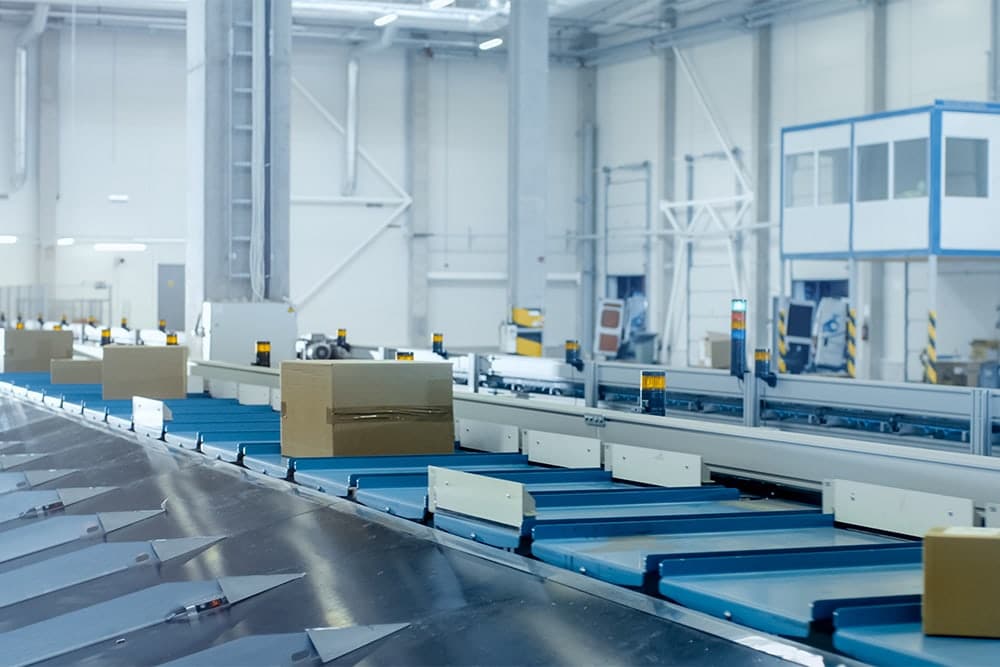
Reading barcodes between lines
From supermarkets to warehouses, barcodes are everywhere for identifying and tracking items. The widespread adoption of barcodes is due to their nearly flawless reliability, with read rates exceeding 99.9% under ideal conditions. However, in parcel sorting, external factors can affect this nearly seamless process, resulting in barcodes not being able to be read and therefore rejected parcels. To reduce such instances, Prime Vision has developed Barcode Vision, a unique solution that reduces the number of rejected packages.
Sjaak Koomen, Senior Researcher at Prime Vision, a world leader in computer vision integration and robotics for logistics and e-commerce, explains more.
The reason behind a no-read
In warehouses and fulfillment centers, barcodes allow companies to identify and sort packages by destination. Typically, a series of five cameras around a conveyor scans the barcode, then moves the package to the correct area. This is true for most items, but a small number of barcodes are not read on the first scan.
There are several reasons for these no-reads. A bar code may be damaged and no longer readable. The surface of the package may be non-flat, such as a deformable plastic package, a cylindrical object, or a closed front sheet with the label on it. The barcode may be only partially visible if the label is stuck around a corner. Printing errors or low ink levels, as well as camera problems, can also make a label unreadable.
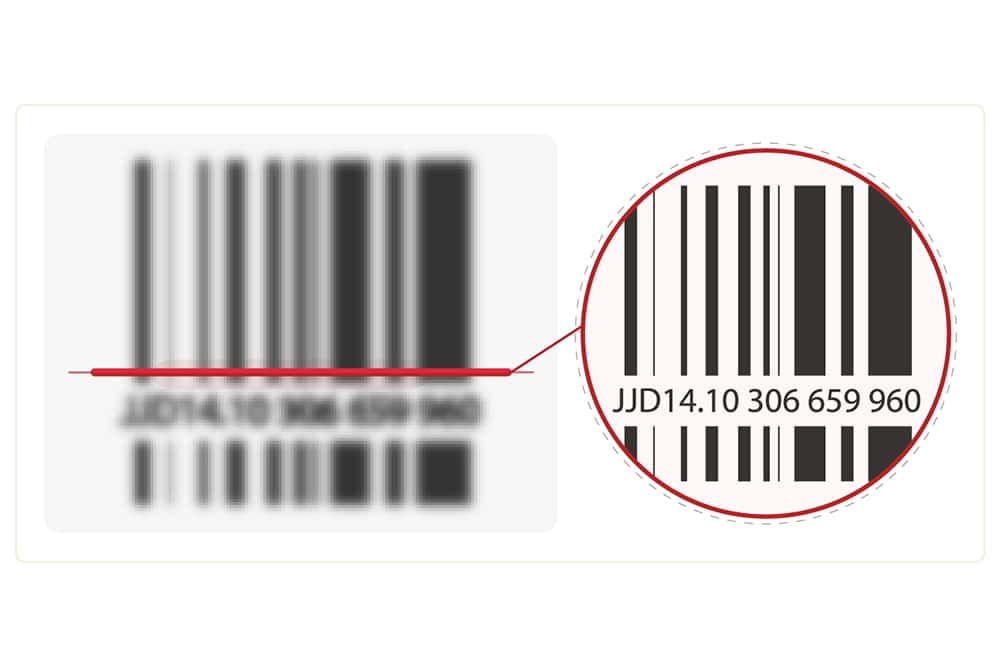
Sorting problems with rejected packages
In all the cases mentioned, the package cannot be sorted, which means intervention is required. The first option is to re-scan the barcode, sending the goods through the warehouse again, which reduces sorting capacity. If this fails, the item is rejected. A warehouse worker must re-scan it or enter the ID number, print a new label, affix it, store the package and re-enter it into the sorting process - an approach much like a barcode-reading error at the supermarket. This costs time and money.
Suppose rejected packets make up 5% of the total flow of 40,000 packets per hour in a large sorting center. This equates to a capacity of 38,000 packets per hour. This also means that manual processing is required for the rejected 5%. In this case, 2,000 rejected packets are sorted per hour. If handling each packet takes 20 seconds, 11 employees are needed to process all the rejected packets[1]. The reduction in capacity and additional investment in personnel amount to millions in lost revenue per year - so reducing barcode no-reads is absolutely worthwhile, especially for large-scale sorting operations.
Deciphering an unreadable barcode
Barcode Vision offers a proven digital solution for reducing no-reads by providing an additional special barcode scan for a second chance to identify an item before it goes back for manual processing. Using a different approach than a traditional system, Barcode Vision reconstructs damaged or unreadable barcodes using multiple methods.
By reviewing the bar codes used at a location, it can learn what types to expect. If a symbol is missing at the beginning or end, it can be reconstructed and validated. Furthermore, Barcode Vision can read text below the barcode and combine it with symbols for a successful read.
In addition to using customer information for accurate reconstruction, Barcode Vision leverages deep learning technology. The system, programmed internally by Prime Vision, can intelligently reconstruct bar codes from blurry images, helping to overcome camera or printer errors.
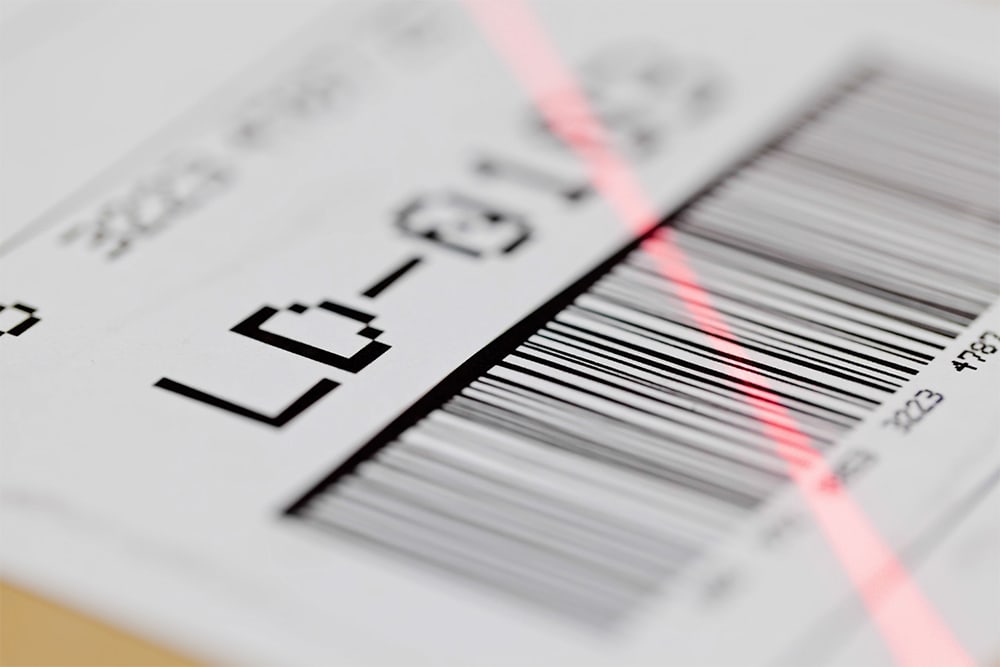
Implement a package of countermeasures
Barcode Vision's integration is also easy. It is compatible with existing scanning cameras, meaning the no-read problem can be solved without replacing or modifying hardware or conveyor components. Barcode Vision works in conjunction with a smart integration management system that collects images and results from existing barcode readers. If the standard reader is unsuccessful, this data is sent to Barcode Vision for a second attempt. In addition to using a generic Prime Vision interface, the system comes as a Windows dynamic link library (.dll) for broad compatibility.
The effectiveness of the system can be further improved by identifying specific customer problems. Eliminating printing errors, changing the packaging to be more scanner-friendly and expanding the scanning area also help the software minimize no-reads.
Giving no-read barcodes a second chance
Barcode Vision is not a panacea for rejected packages, but it doesn't have to be to deliver great results. The success of the technology varies between sorting operations, but even reading 25% of rejected packages can deliver significant cost savings per year by reducing manual intervention, improving warehouse capacity and making processes more efficient.
With access to a unique, customized solution that reads between the lines of barcode no-reads, there is now a second chance to reduce rejected packages within sorting operations.
[1] 40,000 packets/hour * 0.05 rejection rate * 20 sec ÷ 3600 seconds/hour = 11.111
